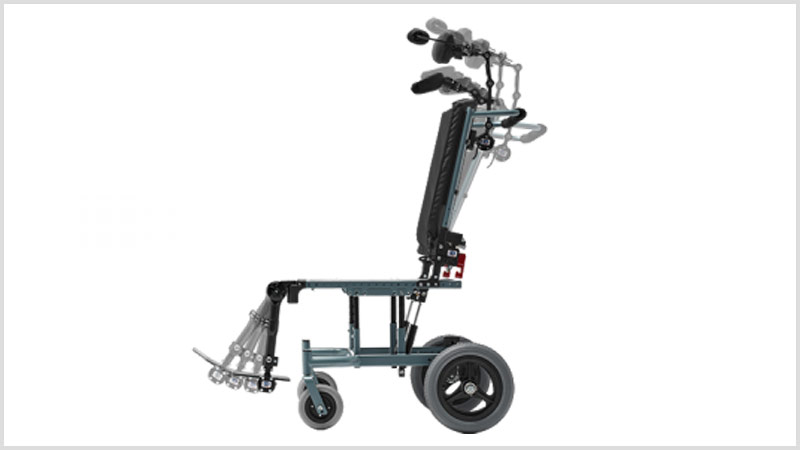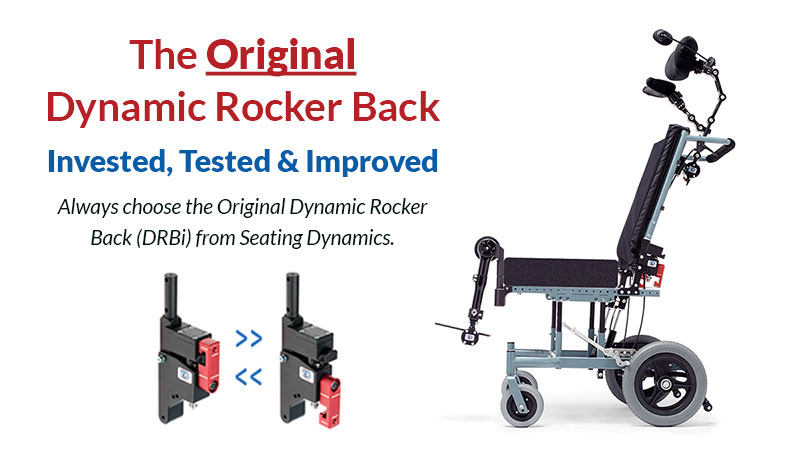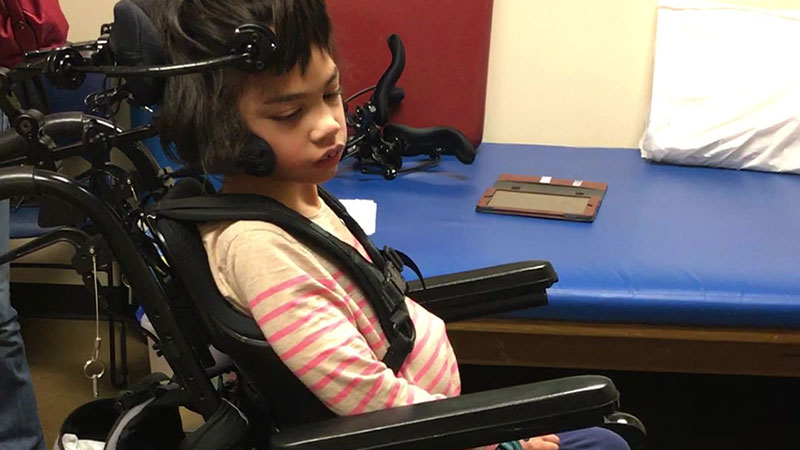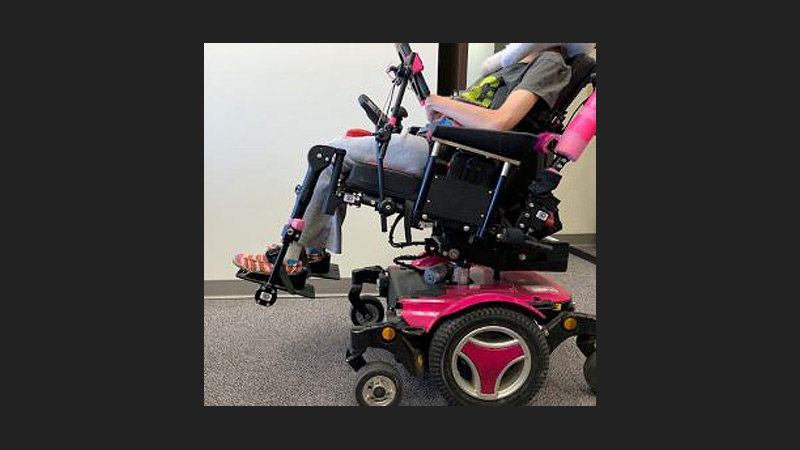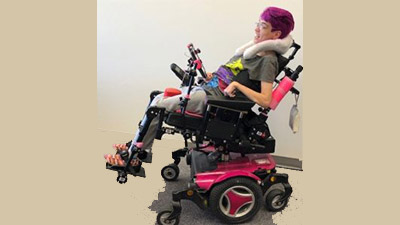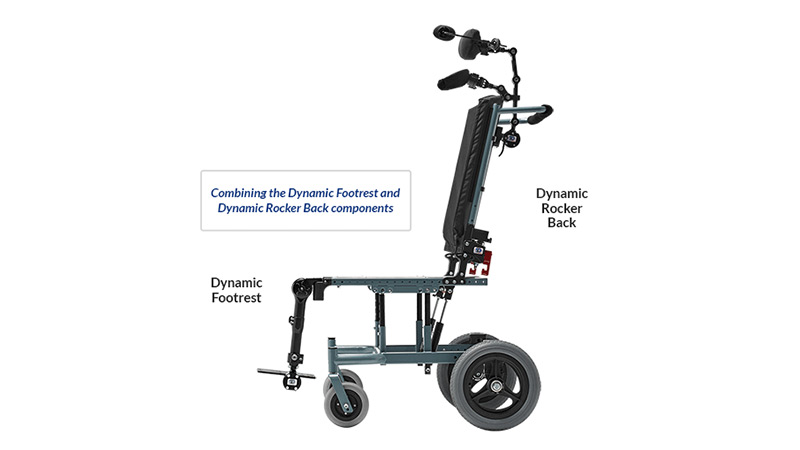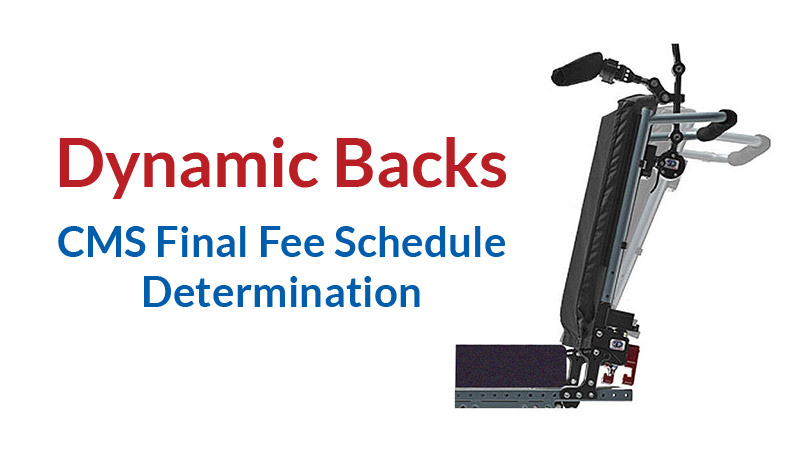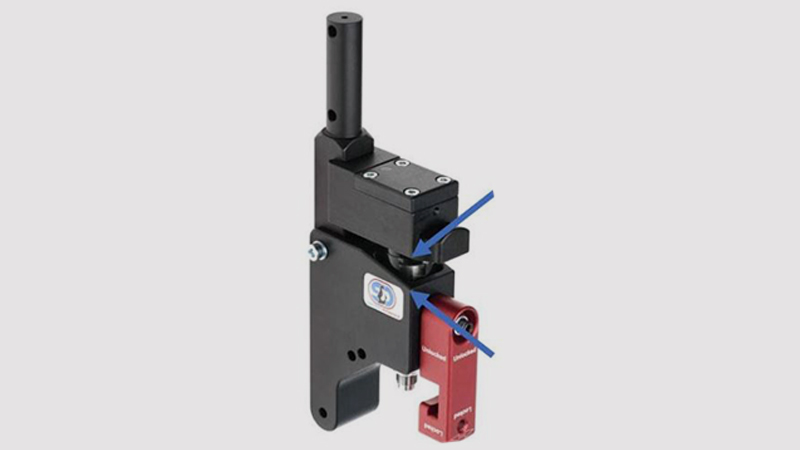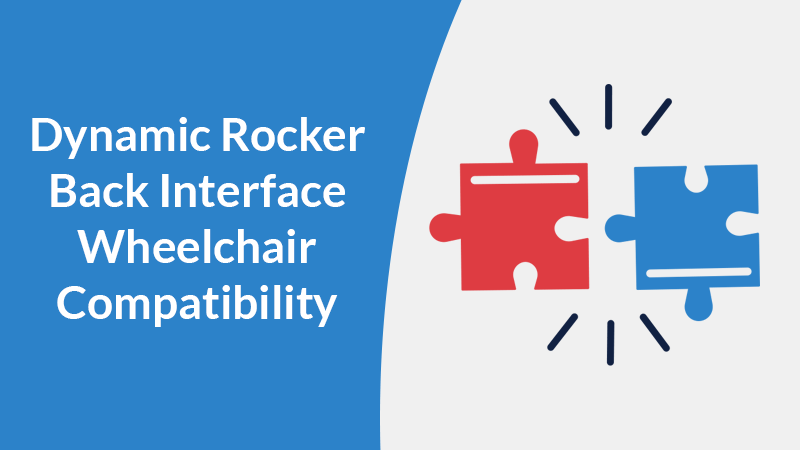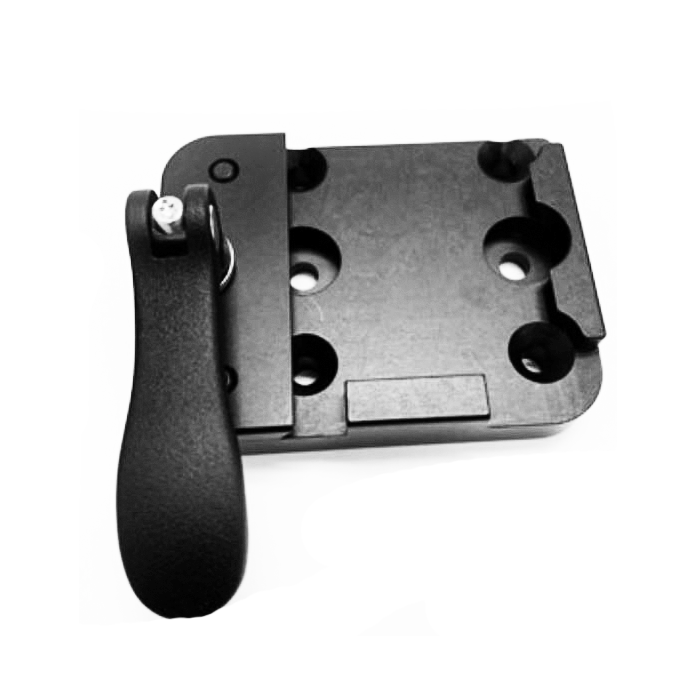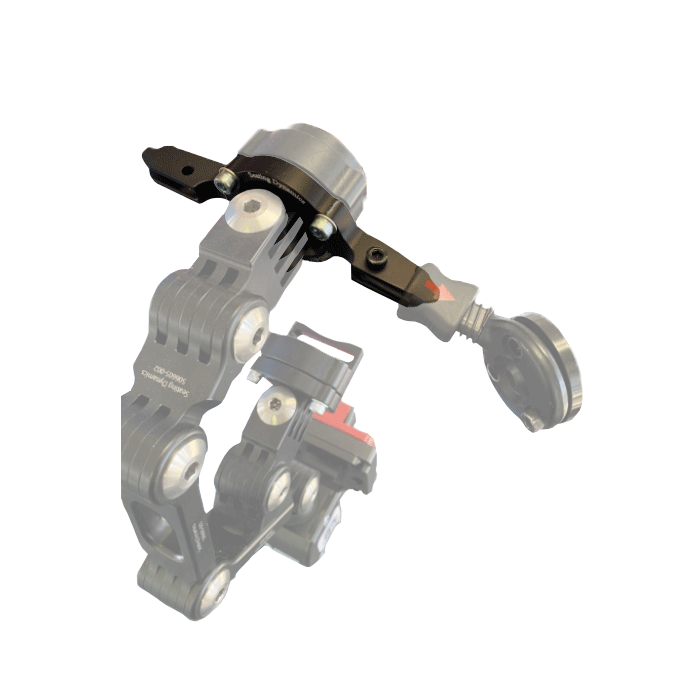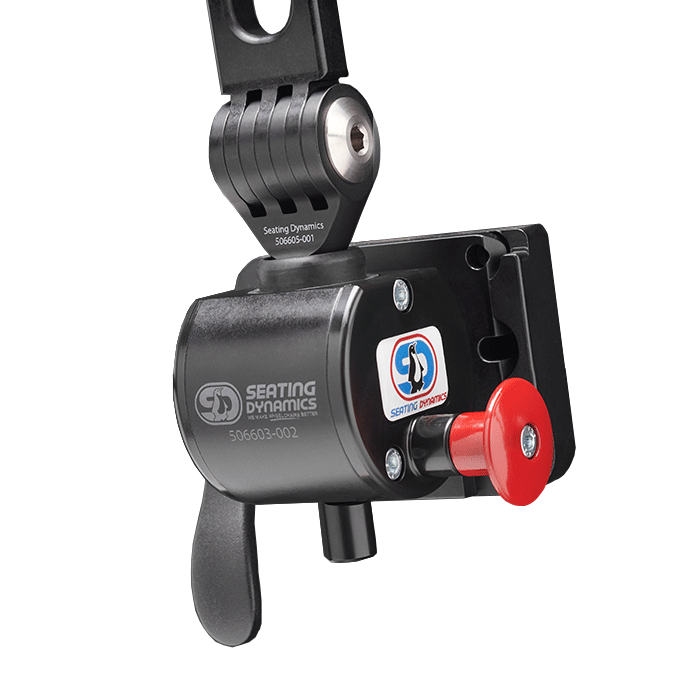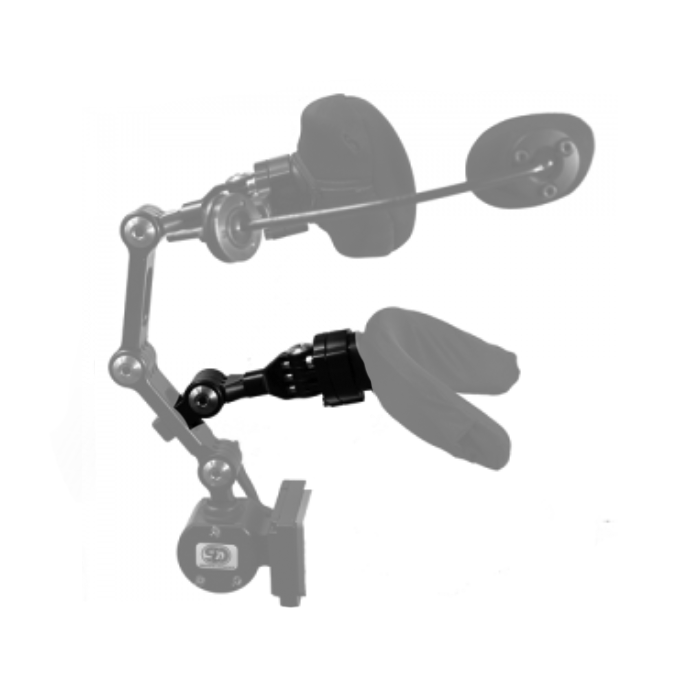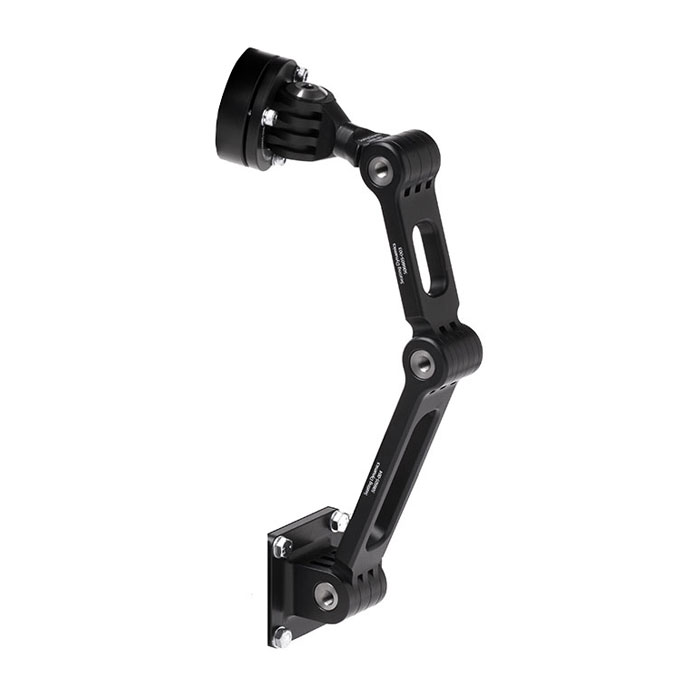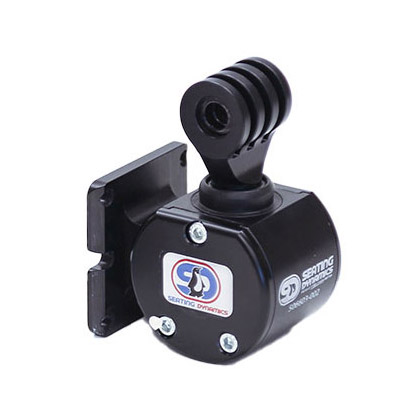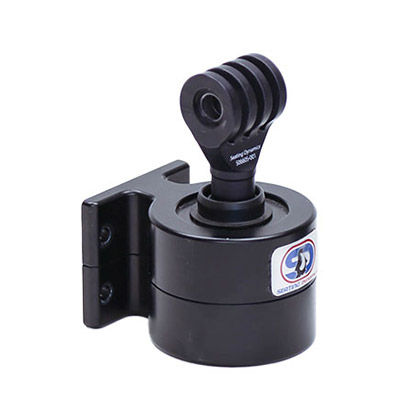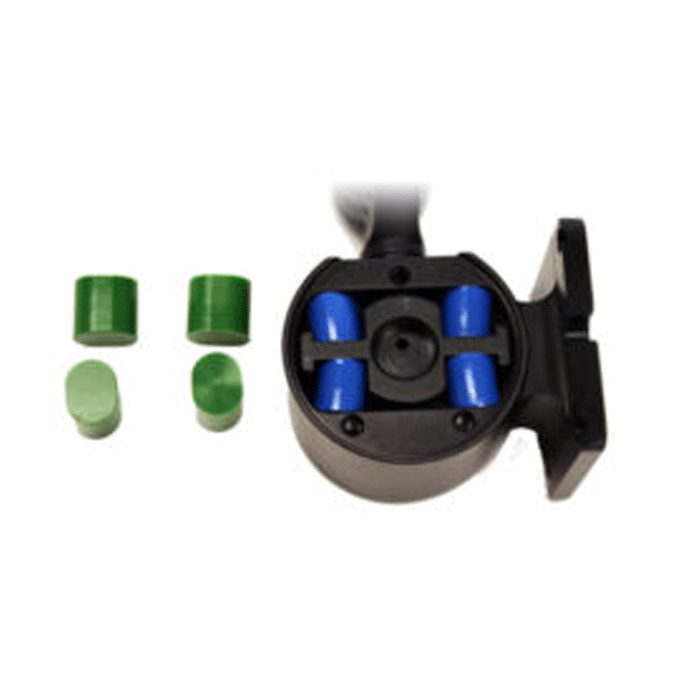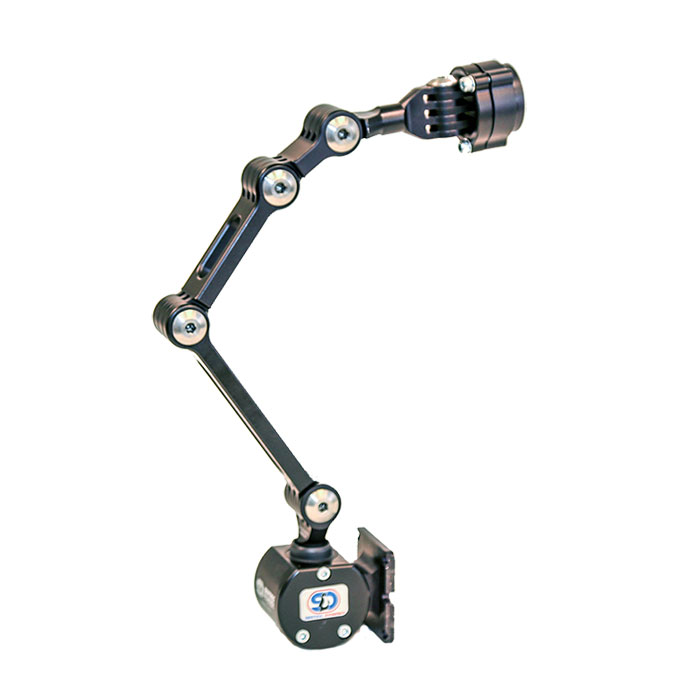What is Dynamic Seating? A Definition. – An update of our most popular blog!
Our most-read blog is one that defines Dynamic Seating. That initial blog was posted about 4 years ago, so we wanted to revisit this foundational topic.
Ensure Your Dynamic Back is the Original, Genuine Seating Dynamics Product
Another manufacturer offers a nearly identical version of an old model of the original Dynamic Rocker Back (DRBi) from Seating Dynamics. Make sure you know what your product is.
Growing Up in a Wheelchair. Will Dynamic Seating Grow too?
I mainly work in pediatrics and so growth is always a concern. When recommending equipment, whether it be a bath seat or a wheelchair frame, I need to know how much growth is available in order to ensure the item will continue to meet a child’s needs for as long as possible.
FAQ: Can Dynamic Seating be used on a Power Wheelchair? Yes! Let’s Talk Compatibility.
One question he is asked frequently is whether Dynamic Seating can be used on a power wheelchair.
FAQ: Can Dynamic Seating be used on a Power Wheelchair? Yes! But when is it appropriate?
Dynamic Seating can be used successfully on a power wheelchair, though there are unique parameters which must be considered.
Using Multiple Dynamic Seating Components on a Wheelchair
Dynamic components can be used individually, however combining these components can often maximize the impact Dynamic Seating can make and better meet the client’s needs.
CMS Final Fee Schedule Determination: Dynamic Backs
A primary challenge in Complex Rehab Technology (CRT) is funding. A client may benefit from CRT equipment but not receive this equipment due to funding barriers.
The Dynamic Seating Resistance Relationship: too much, too little, or just right!
Resistance to force allows the dynamic seating component to return to its starting position. If it is too low or too high, the component will not work effectively.
FAQs: Dynamic Rocker Back interface Compatibility and Installation
Some of our most frequently asked questions have to do with Compatibility and Installation of the Dynamic Rocker Back interface (DRBi). Let’s take a look at the questions you have been asking and our answers.

